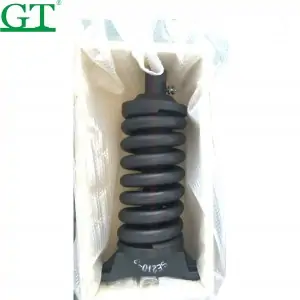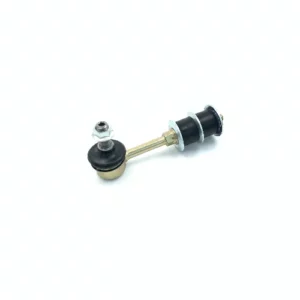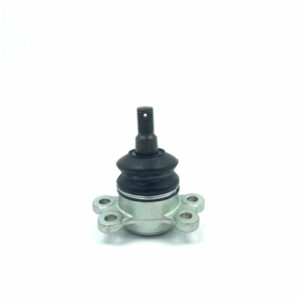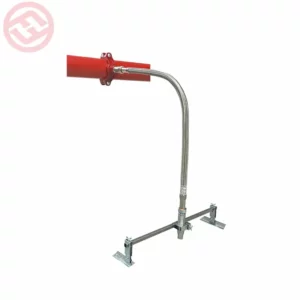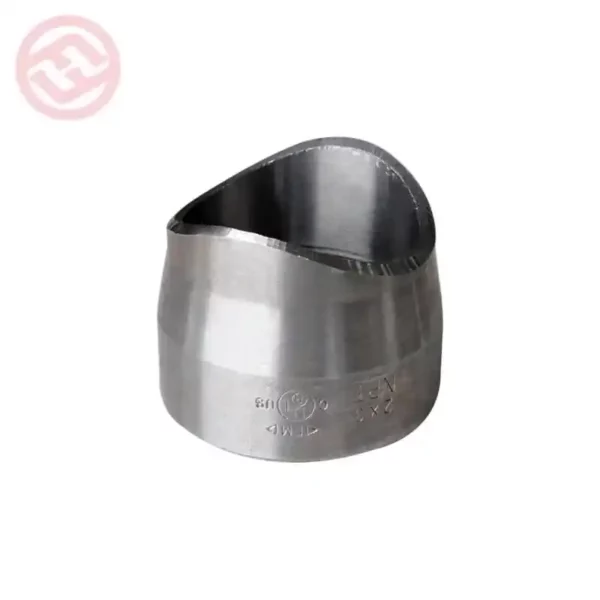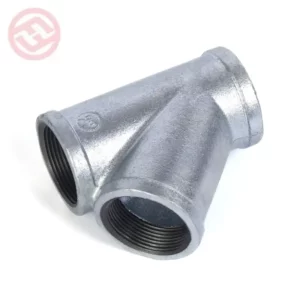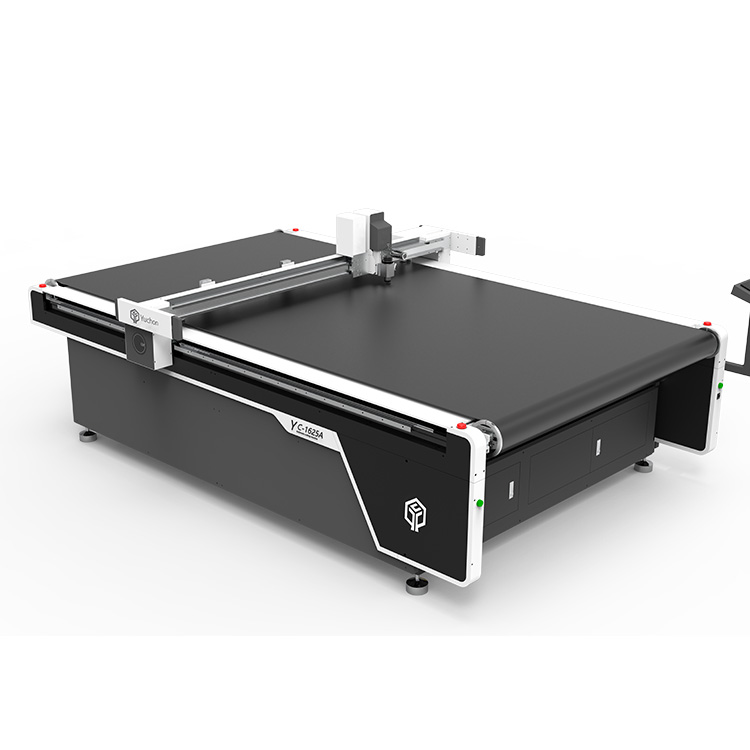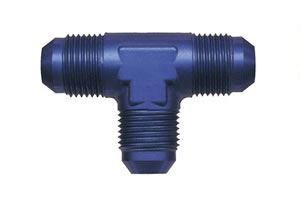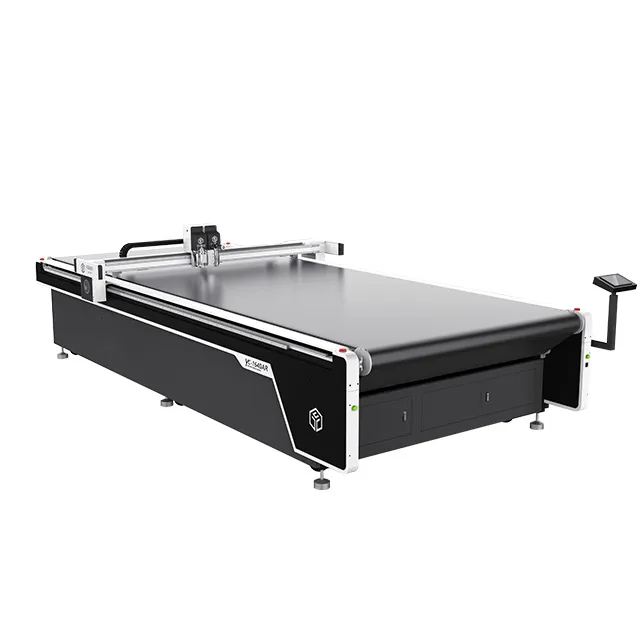Mini excavators, also known as compact excavators, are pieces of construction equipment used to dig out trenches and ditches. They serve the same function as standard excavators but can maneuver through tight turns and work on narrower sites due to their smaller size.
They’re used in jobs where standard excavators and other machinery won’t fit, like repairing sewer lines, in landscaping, and installing pools and hot tubs. Although “mini” is in their name, they are still considered a versatile piece of heavy equipment that can compete with the functions of a backhoe, trencher, loader, forklift, and more thanks to their customizable front arm.
In this guide, we’ll go over what it costs to rent a mini excavator by city, what factors into the price, and what you should consider before renting.
The mini excavator rental cost may vary depending on the size of the mini excavator, the availability in your area, the duration of the rental, and where you live. In general, the rates to rent a mini excavator fall into these price ranges:
Mini Excavator Size
Even a “mini” vehicle can come in multiple sizes. The size of a mini excavator is one major factor in the rental cost because larger vehicles typically come with more power and a higher load-bearing capacity.
For example, using the Phoenix, AZ rates, a weekly rental for a 4,000-5,999 lb mini excavator might cost around $864, while renting an 8,000-9,999 lb mini excavator for the same length of time could cost you $1,170.
Availability
The availability of the equipment can impact rental costs too. If there’s a higher demand for mini excavators during a certain period of time, and fewer available to rent from your rental company, that might drive up rental prices.
Rental Duration
The duration of your mini excavator rental also impacts the cost. Typically, the longer you rent the equipment, the more expensive your rental will be. For example, renting a mini excavator for a day might cost you $314, while renting one for a month could cost around $2,093.
On the other hand, if you need a mini excavator for a longer-term project, renting one out for a week or a month may end up being cheaper than renting it out daily for a certain number of days. For example, renting a 4,000-5,999 lb mini excavator in Houston, Texas for one week could only cost you $841 going by the weekly rate, while renting it for the daily rate for a week would cost $2,093.
Location
Location is also a factor in how much your mini excavator rental will cost. Prices between different cities and states can vary significantly. For example, renting a 4,000-5,999 lb mini excavator for a day in Phoenix, AZ may cost around $314, but, in St. Louis, MO, the same equipment rental only costs about $238.
Fees and Taxes
On top of the base rental fee, you’ll be charged for delivery, pickup, processing fees, and taxes. You’ll also be charged for a rental protection plan which will be refunded if you provide a Certificate of Insurance that can cover the rental prior to scheduling.
What to Consider Before Renting a Mini Excavator
In addition to the cost of your rental, you’ll also want to be sure that the mini excavator model you choose can handle the project you need it for. Here are some factors to consider when comparing mini excavator models.
Type of Boom
The boom is the arm attached to the machine, used to control the excavator arm and bucket. While some booms only move up and down, others are a little more versatile. Here are the three most common booms on mini excavators and how they work:
- Swing boom: The most common boom on mini excavators, this type of boom can be moved up and down as well as hydraulically pivoted left or right, giving the arm an increased range of motion.
- Fixed boom: The standard boom on full-size excavators, this type of boom only moves up and down, and can only dig directly in front of the excavator.
- Knuckle boom: This variation of a fixed boom mainly moves up and down, but has an outer part that’s capable of moving left or right while the arm stays parallel to the machine.
Job Conditions and Terrain
The right mini excavator for your job will also depend on your job site’s terrain. If you’re dealing with tight and narrow spaces, delicate material, or obstacles, you might need a more compact model with a lower operating weight. If you’re dealing with an uneven and rough work site or slick and muddy surfaces, you might want to go with a heavier model, because those are usually more stable.
Job conditions should also include the scope of your project. Generally, needing more power and load-bearing capacity means you’ll need a bigger vehicle. A larger and heavier mini excavator can handle excavating, trenching, and backfilling large areas more efficiently than a smaller one.
If your job requires a specific attachment, you’ll need to consider that in addition to the mini excavator model. There are a variety of attachments that can go on a mini excavator, all performing different functions. Here are some common mini excavator attachments and how they’re used:
- Bucket: The most common type of mini excavator attachment, the bucket provides digging and scooping abilities. Some common uses of buckets include grading stones and digging trenches, though the specific functions depend on the type of bucket you have.
- Auger: Similar to a drill, an auger attachment allows you to bore into the ground and drill deep holes. The digging depth of an auger depends on its specifications.
- Breaker: Similar to jackhammers, breakers provide up to 1000 lbs of impact energy to break through tough surfaces, like stone and concrete.
- Clamp: These grapples allow excavators to clamp down and pick up large pieces of debris that are too big or bulky for a bucket, like tree stumps.
- Coupler: Couplers are installed between the excavator and the bucket, allowing you to switch quickly between attachments even without the help of a crew.
